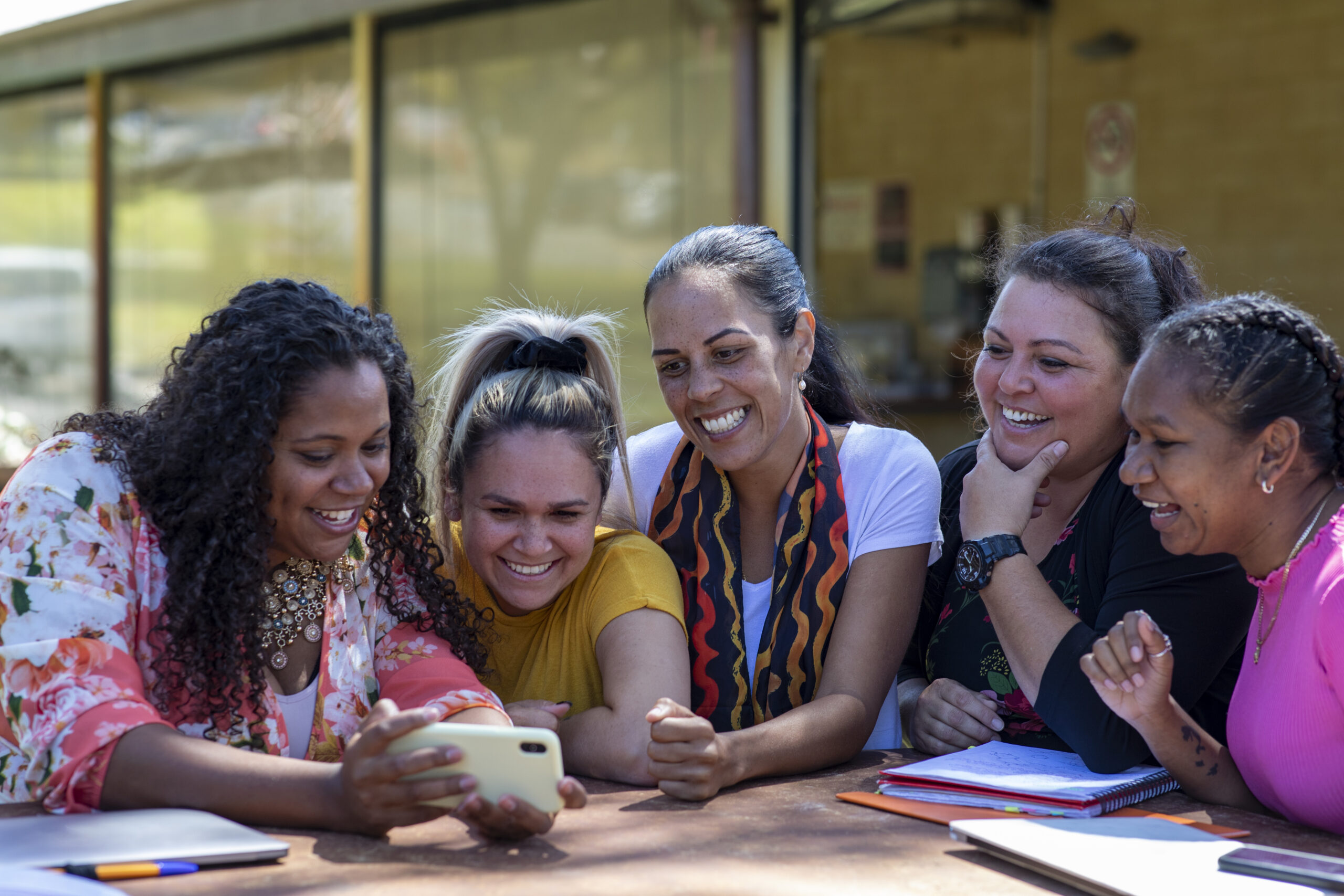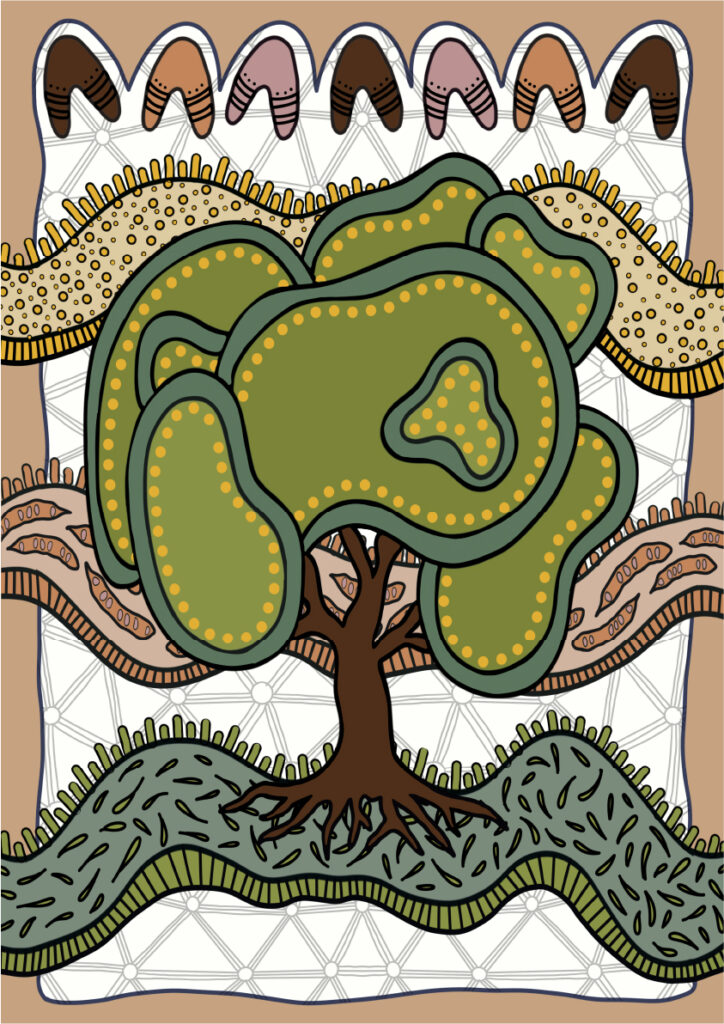Acacia’s Reconciliation Action Plan is our commitment to promote reconciliation and build a stronger connection with all Aboriginal and Torres Strait Islander peoples

At Acacia, we genuinely care about people. We embody our brand promise of Every Connection Matters in all that we do. Connection is what we do, it is the core of our business. Acacia’s Reconciliation Action Plan is our commitment to promote reconciliation and build
a stronger connection with all Aboriginal and Torres Strait Islander peoples.
Our aim through our Reconciliation Action Plan is to better understand the history of Aboriginal cultures, languages, and identities to help facilitate stronger relationships within our Company and beyond. We are committed to creating a community where we stand together with shared values around reconciliation. We want to leverage our large network of partners and national reach to create an opportunity to raise awareness, educate, and promote reconciliation.
As we begin our reconciliation journey, Acacia’s Working Group are dedicated to achieving our goals with pride. They embody our commitment to build relationships, respect and opportunities for all Aboriginal and Torres Strait Islander peoples who connect with Acacia through employment, service delivery, or business partnerships.
Acacia’s Reconciliation Working Group:
A Reconciliation Action Plan (RAP) is a structured framework developed by Reconciliation Australia that helps organisations actively contribute to reconciliation between Aboriginal and Torres Strait Islander peoples and non-Indigenous Australians. Each RAP outlines practical actions that promote stronger relationships, greater respect, and more meaningful opportunities. Organisations of all sizes and sectors can take part, progressing through four RAP stages as they deepen their commitment to reconciliation. Learn more about Reconciliation Action Plans through Reconciliation Australia.
The Reflect RAP is the first stage and is designed for organisations starting their reconciliation journey. It focuses on building internal awareness, establishing relationships with Aboriginal and Torres Strait Islander communities, and setting the groundwork for future action. Reflect RAPs help organisations understand their sphere of influence and identify where they can make the most impact.
The Innovate RAP supports organisations that are ready to implement and test their reconciliation initiatives. It encourages deeper engagement with Aboriginal and Torres Strait Islander stakeholders, embedding reconciliation principles into workplace practices, and developing long-term strategies that promote cultural understanding and inclusion.
The Stretch RAP is for organisations that have developed a strong foundation and are ready to set measurable, long-term goals. This stage integrates reconciliation into everyday business operations, with clear targets in areas such as employment, procurement, and cultural learning. It demonstrates a sustained and strategic commitment to reconciliation.
The Elevate RAP is the highest level of commitment. It is designed for organisations that have a proven record of successful RAP implementation and are ready to lead by example. These organisations use their influence to drive systemic change, advocate for reconciliation across their industries, and contribute to national outcomes.
The artwork for Acacia’s Reconciliation Action Plan was created by Mel Streater.
Mel Streater is a descendant of the Wiradjuri nation who was born and lives in the beautiful seaside town of Guruk, (Port Macquarie) on Birrbay Country. Her love of art developed at a young age while watching her dad paint and sculpt. Marramarra is the Wiradjuri word meaning ‘to create, to make, to do’, and as Mel’s hands and understanding of the world grew, she recognised that she was driven to capture and create beautiful moments
Find out more about Mel here.

The artwork, Roots of Reconciliation, serves as the central visual expression of Acacia Connection’s Reconciliation Action Plan.The piece captures the themes of connection, healing, resilience, and safety, reflecting both Indigenous cultural values and Acacia’s focus on wellbeing.
At its centre stands the acacia wattle tree, a symbol of strength, adaptability, and unity. Known as “the perfect tree,” it represents healing, nourishment, and protection. Streater uses it to express the idea that reconciliation is a continuous journey of growth and renewal, where every action contributes to shared progress.
The artwork brings together natural and cultural symbols that tell a story of unity between people and Country. The wattle’s golden blossoms suggest optimism and vitality, while seedpods represent new beginnings and the nurturing of understanding. Leaves on the ground offer shelter and safety, and the deep roots connect the tree to Mother Country, symbolising the enduring bond between land and people. Above, ‘U’-shaped figures depict people of different colours and backgrounds, representing inclusivity and community. Songlines woven through the design trace ancient cultural paths, linking past, present, and future.
Using earthy tones of brown, green, and yellow, the design reflects the beauty of the Australian landscape and evokes harmony and connection. Streater combines contemporary Aboriginal art elements, such as dot work and traditional symbolism, to honour cultural heritage in a modern form. Altogether, Roots of Reconciliation serves as a visual expression of hope and unity. It reminds us that reconciliation, like the wattle tree, is living and evolving, grounded in respect, growth, and the shared journey towards understanding and harmony across all communities.